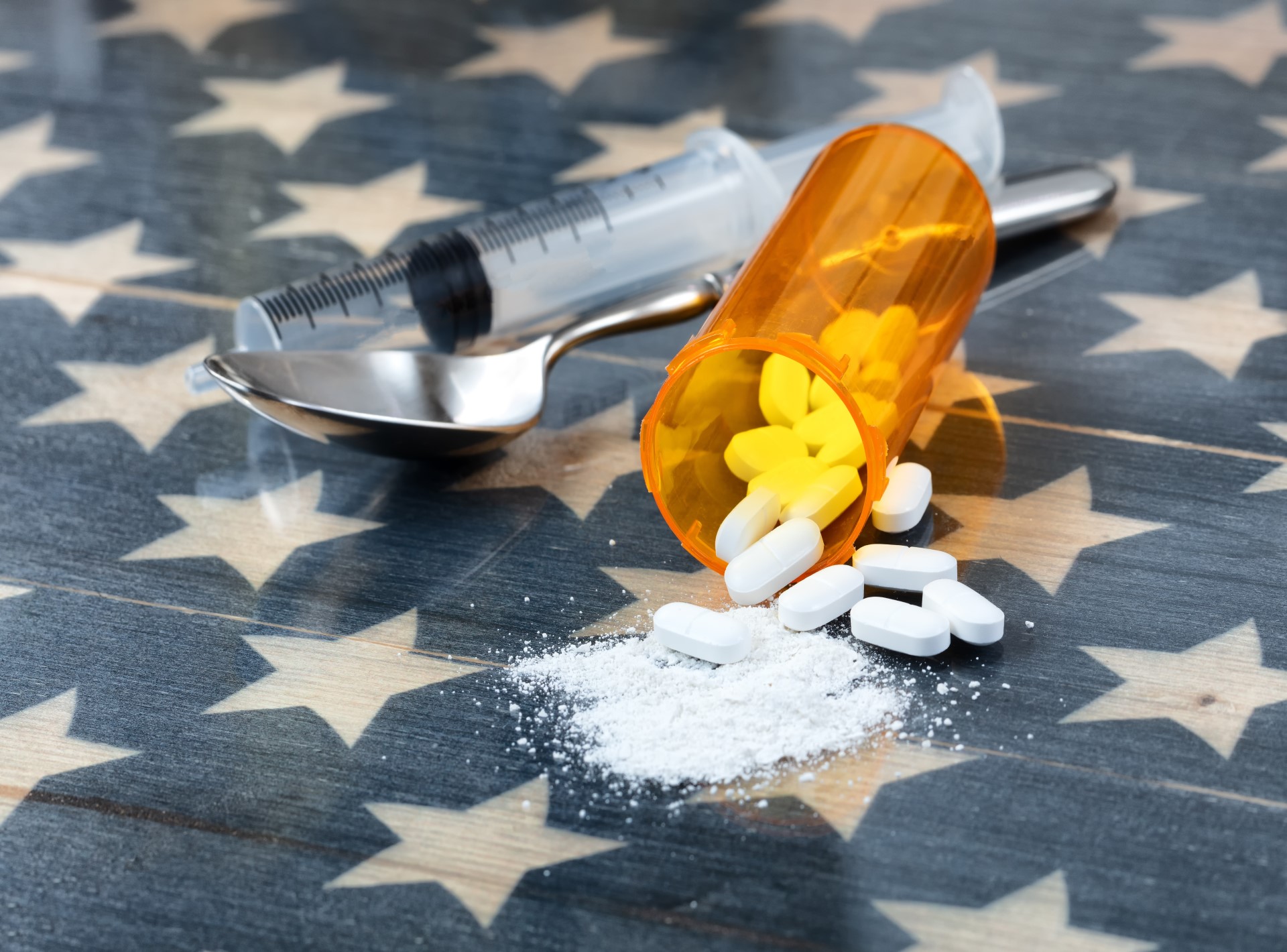The Whitehouse has become so concerned by the impact of the ‘zombie drug,’ Xylazine, that it has just released a National Response Plan to address the issue.
Xylazine has been detected in 48 of the 50 US states and is often mixed with fentanyl to extend the euphoric feeling, mimicking heroin more closely, and has been linked to a 276% increase in fentanyl-related deaths from January 2019 to June 2022.
According to the DEA, the Southern region of the US saw a 1127% spike in the number of xylazine-positive overdoses between 2020 and 2021.
The President’s response plan issued 11 July aims to achieve a 15% reduction in deaths in at least three of four US census regions by 2025.
It follows the formal declaration of fentanyl adulterated with xylazine as ‘an emerging drug threat’ by Dr Rahul Gupta, Director of the Office of National Drug Control Policy (ONDCP) in April, and in February, the FDA restricted the unlawful entry of xylazine active pharmaceutical ingredients and finished products into the country.
“Since we announced the emerging drug threat earlier this year, we’ve been working tirelessly to create the best plan of attack to address this dangerous and deadly substance head-on,” Dr Gupta said.
“Now, with this National Response Plan, we are launching coordinated efforts across all of government to ensure we are using every lever we have to protect public health and public safety and save lives.
“There is an urgent need to determine the source of xylazine and how to reduce the illicit supply; to develop evidence-based testing and overdose response protocols; and to determine how to treat those who have become dependent on the dangerous combination.”
Also known as ‘tranq,’ xylazine is a central nervous system depressant that can cause drowsiness and amnesia and slow breathing, heart rate, and blood pressure to dangerously low levels. It was approved in 1972 as a sedative and analgesic for cows and horses.
Repeated exposure to xylazine by injection has been linked with severe, necrotic skin ulcerations that are different from other soft-tissue infections often associated with injection drug use, and these huge, open, weeping sores on user’s limbs require amputation.
The presence of these sores often leads to an overpowering smell of rotting flesh from those afflicted and both the sight and smell of the wounds led to it being dubbed the ‘zombie drug.’
Concerningly, mixing xylazine with illicit opioids often renders naloxone ineffective as an emergency overdose treatment, contributing to its lethality.
Last month, the UK reported its first Xylazine associated death, a middle-aged man who overdosed on a combination of xylazine, heroin, fentanyl and cocaine. Subsequent submissions to a voluntary UK drug testing service revealed traces of xylazine in opioids, benzodiazepines and marijuana products.
However, according to both the FDA and the UK’s NIH, Xylazine is not readily identified by routine immunoassay toxicology screens and may be under-detected.
“Even with appropriate testing, overdoses involving xylazine may be underdiagnosed due to its rapid elimination from the body, with a half-life of 23-50 minutes,” the FDA noted.
The other issue, regarding treatment, is that stopping abruptly can severe withdrawal symptoms such as agitation and anxiety – just like serious opioid withdrawal. However, the effects from quitting xylazine cannot be managed using standard pharmacological OUD treatment such as methadone, buprenorphine or naltrexone.
There are currently no medications approved to manage xylazine withdrawal in symptomatic individuals, with treatments for potential overdoses in cattle unsuited for human consumption.


